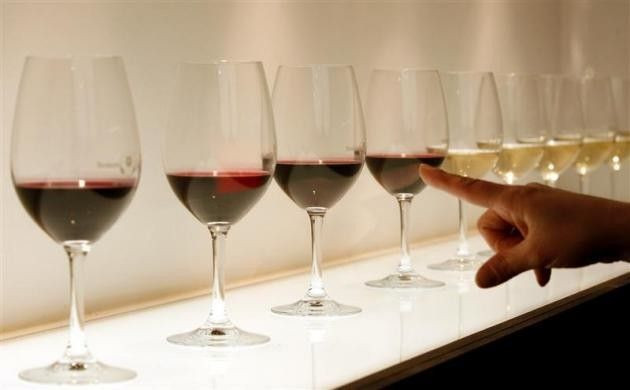The World's Oldest Wine Cellar Found in Israel Could Have Been Used For Large Parties

The world's oldest known wine cellar was found in the summer of 2013 by archaeologists at Upper Galilee in Israel. Samples were taken and it was found that the bio-makers of wine and herbal additives like mint, cinnamon and juniper were added into the drink. The study was published in the journal PLOS ONE on August 27.
The mud-brick walls of the cellar seemed to have crumbled, assumed to be an earthquake because no one had entered the room with 40 wine jars inside since the archaeologists were able to luckily find it.
A site called Tel Kabri in Israel is where a palatial complex with the wine cellar was found.
Andrew Koh, an archaeologist at Brandeis University in Massachusetts, said that in the second millennium B.C., a centralized Canaanite community lived around a palace that was probably housed a leader or a ruling family who redistributed wealth and commodities.
Artifacts and paintings at the site suggest that the Canaanites had contact with the Egyptians, Mesopotamian cultures and the Minoan civilization.
A 1 meter jar, named 'Bessie' by the excavators, was found last July while excavating an area outside the palace. Thirty-nine more jars were found inside a room whose measurements were 5 meters by 8 metres that was situated near a banquet hall. Around 2,000 liters of wine is said to have been held by the vessels.
Koh told Live Science that the forty jars are quite substantial, but not enough to be redistributed to the whole countryside because of which they are having an argument if it was a personal or palatial wine cellar. They said that they know it was for a nuclear kind of in-group, either a family or a clan or for locals for on the spot consumption. Their other argument is that since there is a lot of wine, it could have been used in large parties.
The residue from the jars showed that it contained tartaric acid and that in almost all the jars, syringic acid were found that marks it as a red wine.
Koh added that the absence of syringic acids in a few of the jars could be an indication that they are the earliest examples of white wine after which the red wine got its start.




















